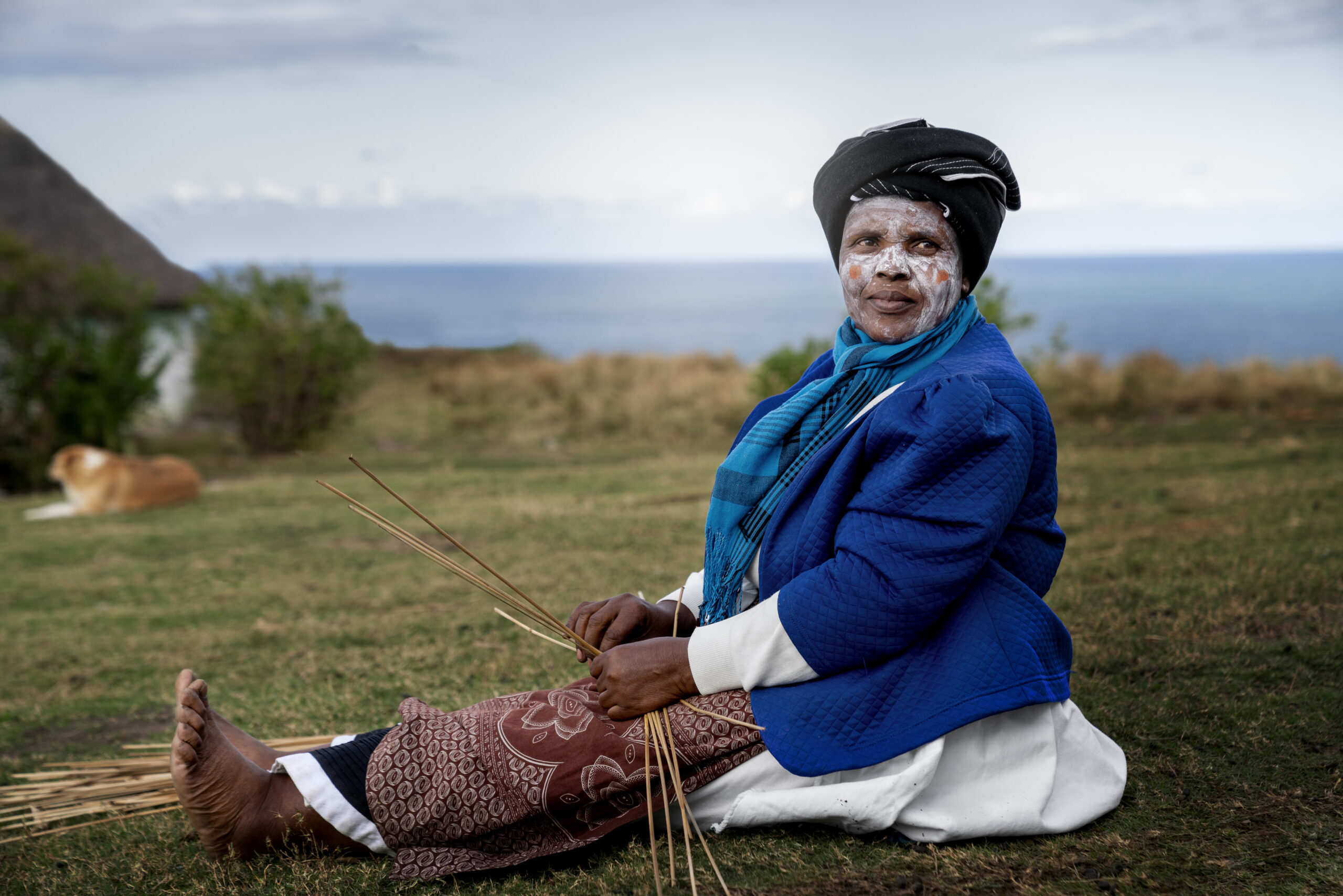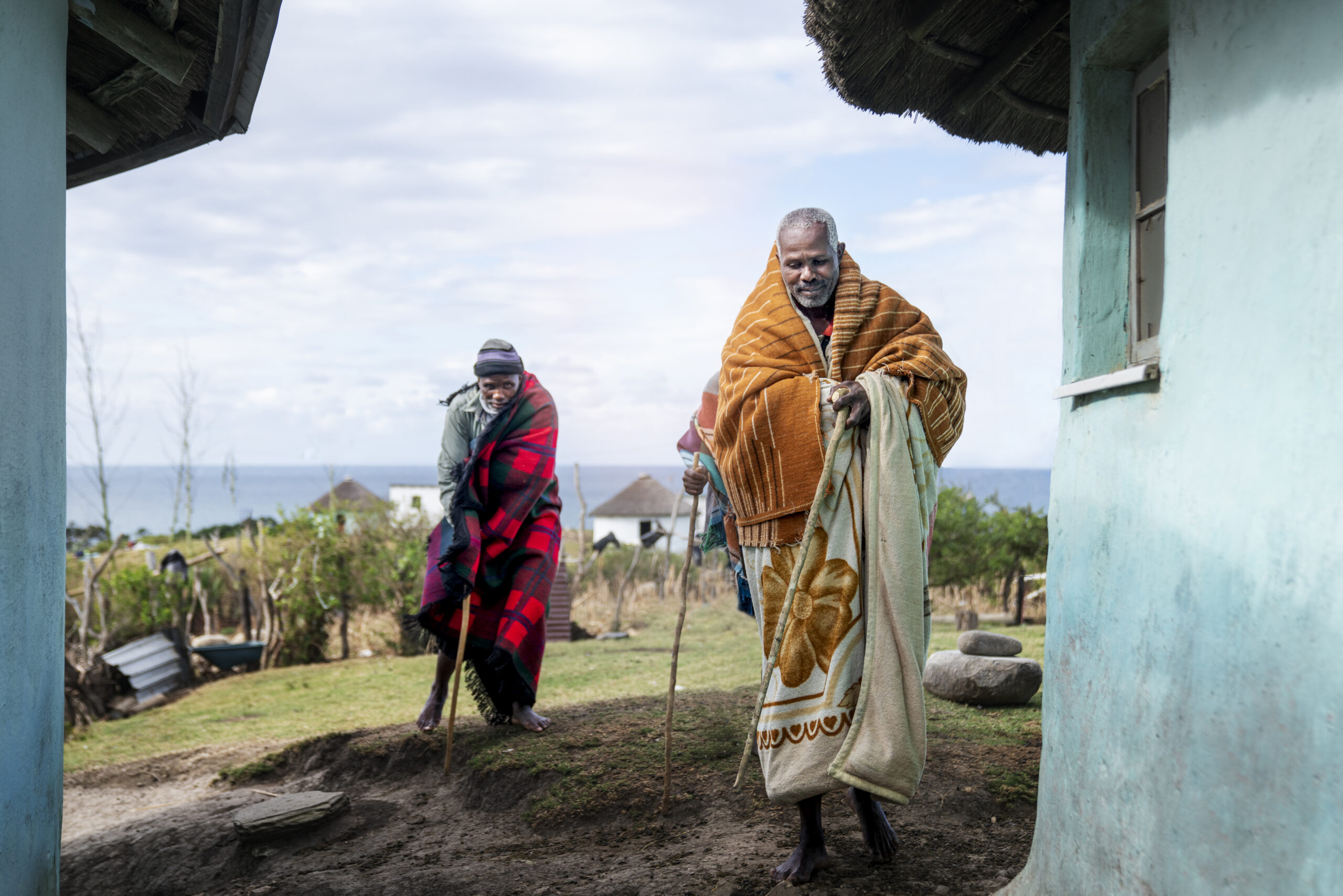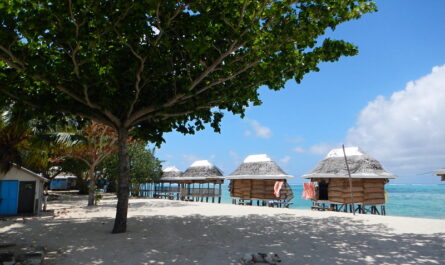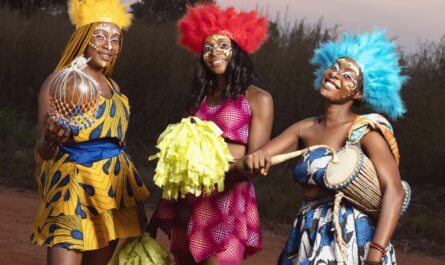The Pacific Islands, a vast region dotted with unique and diverse cultures, have long captivated the world with their vibrant traditions, oral histories, and artistic expressions. For centuries, these islands thrived in relative isolation, allowing their cultures to flourish independently. However, the arrival of European explorers, missionaries, traders, and colonists from the 16th century onward initiated a cultural blending that profoundly shaped the traditions of Pacific Islanders. This article delves into the impact of European influence on the cultural, social, and artistic practices of Pacific Islander communities, highlighting both the transformative effects and the resilience of indigenous traditions.
Pre-European Pacific Island Cultures: A Rich Tapestry
Before European contact, Pacific Islander societies were characterized by a deep connection to nature, intricate social hierarchies, and a wealth of traditions. Each island group—such as Polynesia, Micronesia, and Melanesia—developed its own distinct practices and belief systems. Key aspects of their cultures included:
- Oral Histories: Stories, myths, and genealogies passed down through generations, preserving cultural identity.
- Navigation Skills: Exceptional knowledge of the stars, currents, and winds enabled long-distance voyages across vast oceans.
- Art and Craftsmanship: From tattooing and wood carving to weaving and shell adornments, artistic expression was integral to cultural identity.
- Spiritual Beliefs: Indigenous religions revolved around animism, ancestor worship, and reverence for natural elements.
These traditions formed the backbone of Pacific Islander societies, creating vibrant cultures that thrived in harmony with their environment.
European Arrival: A Catalyst for Change
European exploration of the Pacific began in earnest during the Age of Discovery. Portuguese, Spanish, Dutch, British, and French expeditions introduced new technologies, goods, and ideologies to the islands. The encounters between Europeans and Pacific Islanders were marked by both collaboration and conflict, resulting in significant cultural blending.
1. Religion and Spiritual Practices
One of the most profound influences of European contact was the introduction of Christianity. Missionaries arrived with the goal of converting indigenous populations, often viewing local spiritual practices as “pagan” or “superstitious.” Over time, many Pacific Islanders adopted Christianity, leading to the establishment of churches and the integration of Christian values into daily life.
However, this adoption was not without resistance. Indigenous beliefs were often reinterpreted or blended with Christian teachings, resulting in syncretic practices that preserved elements of traditional spirituality. For example:
- In Hawaii, native chants and dances were adapted for Christian hymns and ceremonies.
- In Samoa, the fa’a Samoa (Samoan way of life) incorporated Christian ethics while maintaining traditional communal structures.
2. Language and Education
European colonization introduced new languages, including English, French, and Spanish, which became dominant in administration, trade, and education. Indigenous languages were often marginalized, though efforts to preserve them have grown in recent years.
Missionary schools were established to teach literacy and European subjects, creating a new emphasis on formal education. While this introduced valuable skills, it also disrupted traditional methods of knowledge transmission, such as storytelling and apprenticeship.
3. Artistic Expression
The arts of Pacific Islanders underwent significant transformation under European influence. Traditional art forms, once deeply tied to spiritual and communal purposes, began to reflect new materials, techniques, and themes:
- Tattooing: While tattooing remained a vital cultural practice, missionaries often discouraged it, viewing it as “heathen.” In some regions, traditional motifs evolved to include Christian symbols.
- Textiles and Fashion: European fabrics and clothing styles were adopted, blending with indigenous designs. For instance, the introduction of calico fabric influenced the creation of garments like the Samoan puletasi and the Tongan ta’ovala.
- Visual Arts: Western materials like canvas and oil paints allowed for new forms of artistic expression, enabling Pacific Islanders to depict traditional themes using modern techniques.
Economic and Social Shifts
1. Trade and Material Culture
European arrival introduced new goods and technologies that reshaped Pacific Islander economies and material culture. Metal tools, firearms, and textiles replaced traditional implements and garments, while cash-based trade systems supplanted barter economies.
This shift had both positive and negative consequences. On the one hand, life quality was enhanced by the availability of new resources. On the other, dependence on imported goods disrupted self-sufficiency and led to the exploitation of natural resources.
2. Social Hierarchies
European colonization often reinforced or altered existing social hierarchies. In some cases, chiefs and rulers aligned themselves with Europeans to gain power and resources, while others resisted foreign influence. Colonial administrations introduced Western-style governance systems, undermining traditional authority structures.
Resilience and Revival: Preserving Pacific Islander Traditions
Despite the profound changes brought by European influence, Pacific Islanders have demonstrated remarkable resilience in preserving their cultural heritage. In recent decades, there has been a resurgence of interest in traditional practices, fueled by both indigenous communities and global appreciation for Pacific cultures.
1. Language Revitalization
Efforts to preserve and revitalize indigenous languages have gained momentum, with programs promoting bilingual education and the recording of oral histories. For example:
- In New Zealand, the Māori language (te reo Māori) has seen a revival through initiatives like kōhanga reo (language nests) and public broadcasting in Māori.
2. Cultural Festivals
Festivals celebrating traditional music, dance, and crafts have become important platforms for cultural preservation. Events like the Pacific Arts Festival bring together communities to share and celebrate their heritage.
3. Sustainable Practices
Pacific Islanders are reclaiming traditional ecological knowledge to address modern challenges such as climate change and resource management. For instance, traditional fishing techniques and agricultural practices are being revived to promote sustainability.
The Dual Legacy of European Influence
The cultural blending between Europeans and Pacific Islanders is a testament to the dynamic nature of human societies. While European influence brought significant changes—some beneficial, others detrimental—it also highlighted the resilience and adaptability of Pacific Islander cultures. By integrating new ideas while preserving core traditions, these communities have created a unique cultural identity that honors their past while embracing the future.
Conclusion
The story of cultural blending in the Pacific Islands is one of transformation, resilience, and innovation. European influence undoubtedly shaped the traditions of Pacific Islanders, introducing new practices and ideas that have become part of their cultural fabric. Yet, the enduring strength of indigenous traditions serves as a reminder of the importance of cultural preservation in the face of change. As Pacific Islanders continue to celebrate and revive their heritage, they offer a powerful example of how cultures can adapt while staying true to their roots.



